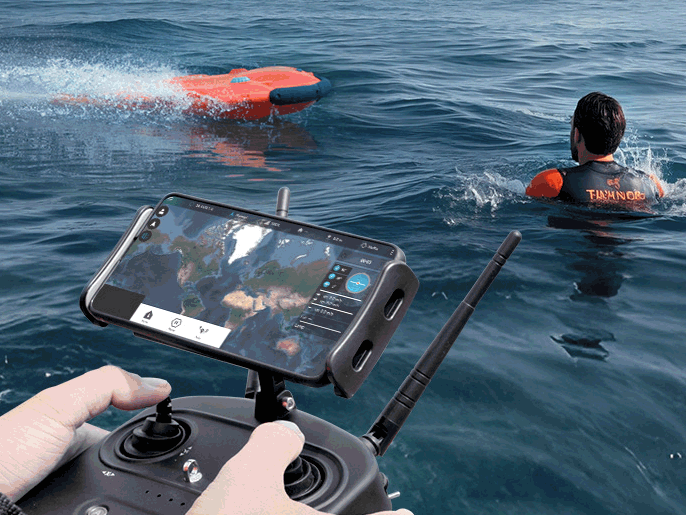水上遥控救援飞翼作为现代智能水域救援设备的重要组成部分,近年来在全球应急救援市场中需求不断上升,尤其在美国等发达国家,对高效、安全的水上遥控救援飞翼的需求日益增长。然而,任何希望进入美国市场的电子通信类设备,包括具备遥控功能的水上遥控救援飞翼,都必须通过美国联邦通信委员会(Federal Communications Commission, 简称FCC)的认证。本文将详细介绍水上遥控救援飞翼出口美国所需的FCC认证流程、技术要求及注意事项,帮助企业顺利合规进入美国市场。
===
所有在美国市场销售、进口或使用的无线电频率设备,必须符合FCC制定的技术标准,以防止电磁干扰并确保通信安全。水上遥控救援飞翼通常配备无线遥控系统(如2.4GHz或5.8GHz频段),用于远程操控救援设备,因此属于FCC监管范围内的射频(RF)设备。未通过FCC认证的产品将被美国海关拒绝入境,甚至面临罚款和法律追责。
因此,出口水上遥控救援飞翼至美国,必须完成FCC认证,这是产品合法进入美国市场的“通行证”。

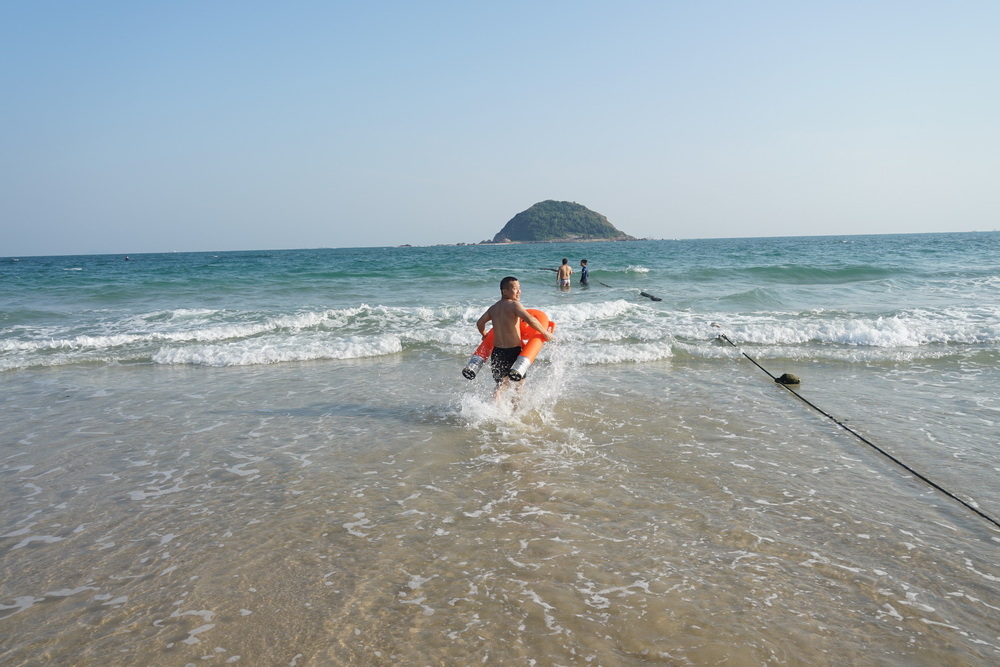
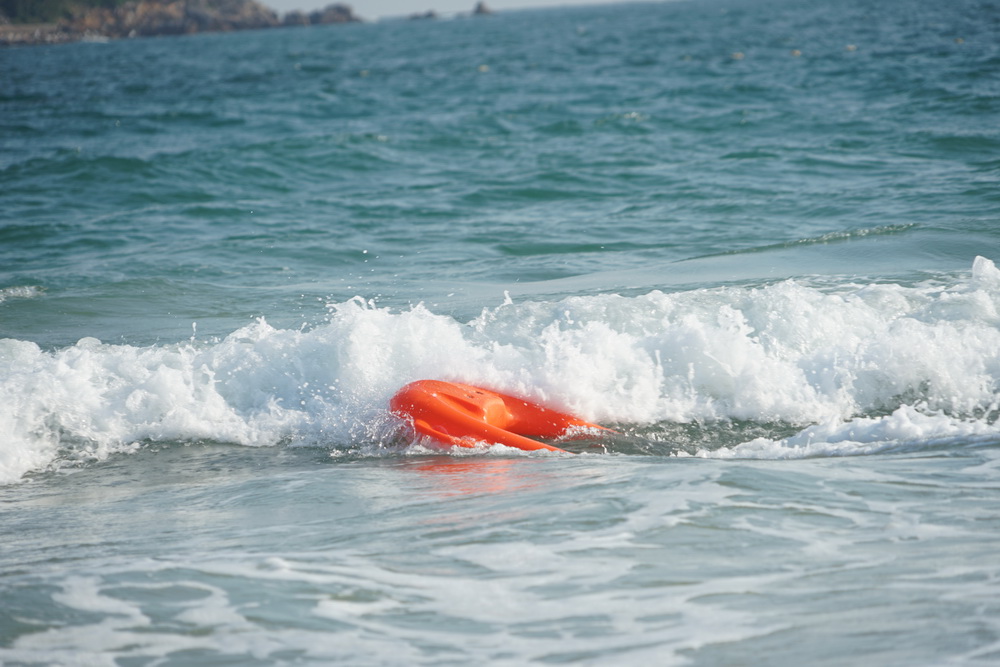

===
FCC对射频设备的认证主要分为三种类型:FCC ID、FCC SDoC(Supplier's Declaration of Conformity)和FCC Verification。对于水上遥控救援飞翼而言,主要涉及以下两种:
-
FCC ID认证:适用于有意发射射频能量的设备,如带有遥控器的水上遥控救援飞翼。该认证要求严格,需由FCC授权的TCB(Telecommunication Certification Body)机构审核,并提交技术文件和样品测试。认证通过后,设备将获得唯一的FCC ID编号,必须在产品标签上清晰标注。
-
FCC SDoC:适用于非有意发射射频的辅助设备或低功率设备。若水上遥控救援飞翼的控制系统属于低辐射类型,可能适用SDoC流程,但仍需确保符合相关电磁兼容(EMC)标准。
企业应根据产品具体技术参数选择合适的认证路径。
===
为确保水上遥控救援飞翼顺利通过FCC认证,制造商需重点关注以下技术要求:
- 射频发射合规性:测试设备在指定频段(如2.4GHz ISM频段)的发射功率、带宽、频率稳定性等参数,确保不干扰其他合法通信。
- 电磁兼容性(EMC):进行辐射发射(Radiated Emission)和传导发射(Conducted Emission)测试,确保设备在运行时不会产生超标电磁干扰。
- 射频暴露评估(RF Exposure):由于设备可能在人员附近操作,需评估操作者和公众的射频辐射暴露水平,确保符合FCC规定的安全限值(如SAR或MPE标准)。
- 标签与用户手册要求:产品必须标注FCC ID(如适用)、合规声明、使用警告等信息,用户手册中需包含FCC合规说明和操作注意事项。
===
- 产品预评估:确认产品是否属于FCC监管范围,确定适用的认证类型(FCC ID 或 SDoC)。
- 选择认证实验室:委托FCC认可的实验室进行射频和EMC测试。
- 提交技术文件:包括电路图、原理图、用户手册、照片、BOM清单等。
- 样品测试:在实验室完成所有必要测试,获取测试报告。
- 申请FCC ID(如适用):通过FCC的CDBS或新的TCB系统提交申请,由TCB审核并颁发FCC ID。
- 加贴FCC标识:在产品本体及包装上正确标注FCC标志及相关信息。
- 市场监督合规:持续确保生产批次产品符合认证标准,应对FCC抽查。
===
常见问题与建议
- 认证周期:FCC ID认证通常需要6-8周,建议提前规划出口时间。
- 多国认证协调:若同时出口至欧盟、加拿大等地,可考虑同步进行CE、ISED等认证,优化测试资源。
- 技术更新影响:若对遥控系统进行固件或硬件升级,可能需重新认证。
- 代理申请:非美国本土企业可委托美国代表(如进口商或认证代理)完成FCC ID注册。
===
结语
随着智能救援装备的普及,水上遥控救援飞翼在美国公共安全、海滩管理、水上运动场所等领域具有广阔市场前景。成功获得FCC认证不仅是法律要求,更是提升产品国际竞争力、赢得客户信任的关键一步。企业应提前布局,确保产品设计阶段即符合FCC技术规范,从而高效、顺利地将水上遥控救援飞翼推向美国市场。
Guideline for FCC Certification of Waterborne Remote-Control Rescue Wings Exported to the United States
As a key component of modern intelligent water rescue equipment, the waterborne remote-control rescue wing has seen growing global demand, especially in developed countries like the United States, where the need for efficient and safe waterborne remote-control rescue wings is increasing. However, any electronic communication device intended for the U.S. market—including remote-controlled waterborne rescue wings—must comply with certification requirements set by the Federal Communications Commission (FCC). This article provides a comprehensive guide to the FCC certification process, technical requirements, and key considerations for exporting waterborne remote-control rescue wings to the United States, helping manufacturers achieve compliance and market access.
===
The Necessity of FCC Certification for Waterborne Remote-Control Rescue Wings
All radio frequency (RF) devices sold, imported, or used in the United States must meet technical standards established by the FCC to prevent electromagnetic interference and ensure communication safety. Waterborne remote-control rescue wings typically incorporate wireless remote control systems (e.g., operating at 2.4GHz or 5.8GHz bands) for remote operation, placing them under FCC regulatory oversight as RF-emitting devices. Products lacking FCC certification may be denied entry at U.S. customs and could face fines or legal penalties.
Therefore, obtaining FCC certification is mandatory for exporting waterborne remote-control rescue wings to the U.S.—it is the essential "passport" for legal market entry.
===
FCC Certification Types Applicable to Waterborne Remote-Control Rescue Wings
The FCC categorizes RF device certification into three main types: FCC ID, FCC SDoC (Supplier's Declaration of Conformity), and FCC Verification. For waterborne remote-control rescue wings, the following two are most relevant:
-
FCC ID Certification: Required for devices that intentionally emit RF energy, such as rescue wings equipped with remote controllers. This is a rigorous process requiring review by an FCC-authorized Telecommunication Certification Body (TCB). Technical documentation and product samples must be submitted for testing. Upon approval, the device receives a unique FCC ID that must be clearly labeled on the product.
-
FCC SDoC: Applies to devices that are not intentional radiators or operate at low power. If the control system of a waterborne remote-control rescue wing emits minimal RF energy, it may qualify for SDoC, though EMC compliance is still required.
Manufacturers should select the appropriate certification path based on the product’s technical specifications.
===
Core FCC Requirements for Waterborne Remote-Control Rescue Wings
To ensure successful FCC certification, manufacturers must focus on the following key technical aspects:
- RF Emission Compliance: Test parameters such as output power, bandwidth, and frequency stability within designated bands (e.g., 2.4GHz ISM band) to prevent interference with other communications.
- Electromagnetic Compatibility (EMC): Conduct radiated and conducted emission tests to ensure the device does not generate excessive electromagnetic interference during operation.
- RF Exposure Assessment: Evaluate RF exposure levels for operators and the public, especially since the device is used near humans, ensuring compliance with FCC safety limits (e.g., SAR or MPE standards).
- Labeling and User Manual Requirements: The product must display the FCC ID (if applicable), compliance statements, and safety warnings. The user manual must include FCC compliance information and operational precautions.
===
FCC Certification Process Steps for Waterborne Remote-Control Rescue Wings
- Pre-assessment: Determine if the product falls under FCC jurisdiction and identify the correct certification type (FCC ID or SDoC).
- Select an Accredited Lab: Engage an FCC-recognized laboratory to perform RF and EMC testing.
- Submit Technical Documentation: Provide schematics, block diagrams, user manuals, photos, BOM, and other required files.
- Product Testing: Complete all necessary tests in the lab and obtain official test reports.
- Apply for FCC ID (if applicable): Submit the application via the FCC’s CDBS or TCB system; a TCB reviews and issues the FCC ID.
- Apply FCC Labeling: Correctly affix the FCC logo and required information on the product and packaging.
- Post-Market Compliance: Ensure ongoing production units meet certified specifications and are prepared for potential FCC audits.
===
Common Issues and Recommendations
- Certification Timeline: FCC ID certification typically takes 6–8 weeks; early planning is advised.
- Multi-Country Certification: If exporting to regions like the EU or Canada, consider coordinating FCC with CE, ISED, or other certifications to optimize testing.
- Impact of Technical Updates: Firmware or hardware changes to the remote system may require re-certification.
- Third-Party Representation: Non-U.S. manufacturers can appoint a U.S. agent (e.g., importer or certification representative) to complete FCC ID registration.
===
Conclusion
With the growing adoption of smart rescue equipment, waterborne remote-control rescue wings hold significant market potential in the United States—particularly in public safety, beach management, and recreational water facilities. Successfully obtaining FCC certification is not only a legal requirement but also a critical step in enhancing international competitiveness and building customer trust. Manufacturers should proactively design products to meet FCC technical standards from the outset, enabling efficient and seamless entry of waterborne remote-control rescue wings into the U.S. market.
〗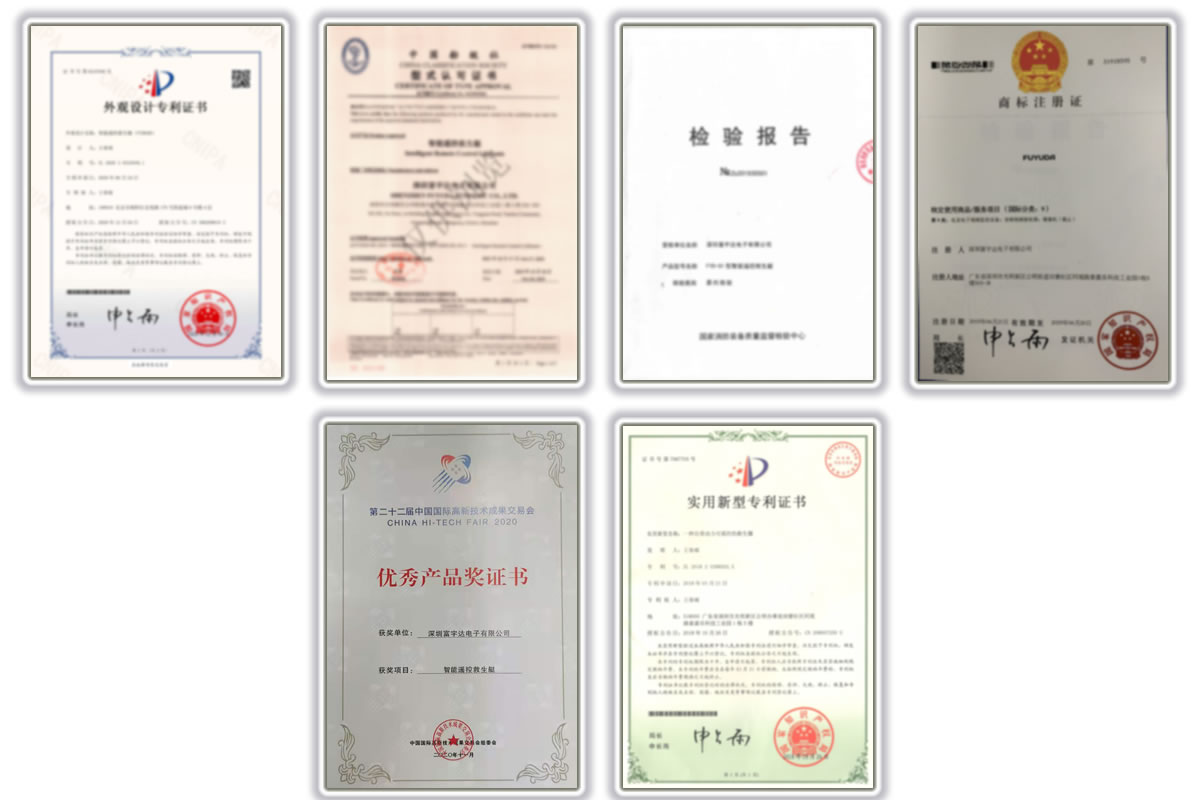









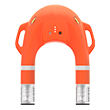
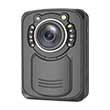
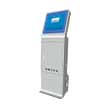
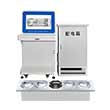

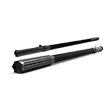
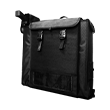




 当前位置:
当前位置:



